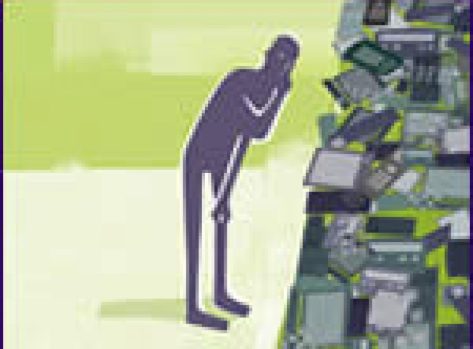traceSM is a real-time capture tool located on Session Manager, you should be able to access by simply typing traceSM from the command line otherwise it is located in /opt/Avaya/contrib/bin.
Starting traceSM …
From the Session Manager command line type;
traceSM
traceSM -m (for multiple instances)
Keys for traceSM …
s – start / stop capture
f – filters
c – clear screen
a – switch between SM & SM100.
i – switch between names or IP addresses.
d – switch between SIP calls or display.
r – switch between RTP simulation or not.
w – write the display filtered packet to new file
q – quit
Write the displayed (filtered) packets to a new file
aSwitch between SM and SM-100 perspectiveiSwitch between displaying Names or IPs in the column headersrSwitch between displaying RTP simulation or notdSwitch between SIP calls and display mode
Filters for traceSM …
Press f to display the filter window.
-u – extension
-nr – registrations
-ns – subscriptions
-no – option messages
-na – session manager call routing
To clear filters type f without any options.
Error traceSM doesnt run …
If you see this error type the command traceSM -k
ERROR: traceSM is already running. Only one instance is allowed.
Some additional tips from Roger (http://rogerthephoneguy.com/) thank you ….
By the way, the engineer I worked with always uses the -uni option when he starts traceSM or traceSBC. It uses unicode characters for the lines and arrows and looks MUCH cleaner on the screen. He also typically adds the filters -no -na -u xxxx at the command line when he starts the trace. And lastly, when analysing a saved trace file, he uses the -dt option. He said it “disables data throttling” and saves a few cycles.
When you write a file during a trace, you have to untar it. There will be what looks like a pcap file (It’s a pcapng). He said it’s close to a pcap, but it’s not readable within wireshark.

Hi Roger,
I appreciate if you could help me.
I am looking to crack interview for session Manager, could you suggest any guide or site or you tube channel where I can find a good stuff to read with the screenshot or the user interface of Session Manager for better understanding.
Thanks in advance
LikeLike
Hi Friend
I cant do it work , i have a Aura Session Manager 6.3 , but when run the commands appear that traceSM does not exist , I missing something in our configuration
[root@sadcmty-smgr01 Avaya]# dir
ABG IPTCMPatch
ABGPatch JBoss
AUS MESSAGING
AUSPatch MESSAGINGPatch
autoInstall_Avaya_AURA.properties Mgmt
autoInstall_Conferencing.properties MMCS
autoInstall_MMCS.properties Postgres
autoInstall_PS_SysMgr_Extensions.properties PS_SysMgr_Extensions
bin REPORTS
cert-store Session_Manager
Conferencing SessionManagerPatch
CS1000 smgr_radius
CS1000Patch SPIRIT
HeapDump staging
installdata SUM
install_logs SUMPatch
INVENTORY Uninstaller
INVENTORYPatch UpdateEP.log
IPTCM vsp
[root@sadcmty-smgr01 Avaya]# cd bin
[root@sadcmty-smgr01 bin]# traceSM
-bash: traceSM: command not found
[root@sadcmty-smgr01 bin]#
[root@sadcmty-smgr01 bin]#
[root@sadcmty-smgr01 bin]# traceSM
-bash: traceSM: command not found
[root@sadcmty-smgr01 bin]#
LikeLike
Needs to be done on Session Manager not System Manager.
LikeLike
Great blog!
And this is a great post – I love it. I happened to read this yesterday when you posted it, and I was on the phone with an Avaya tech today and told him about the -m option so we could compare some traces side-by-side. He wasn’t aware of it, so thank you!
By the way, the engineer I worked with always uses the -uni option when he starts traceSM or traceSBC. It uses unicode characters for the lines and arrows and looks MUCH cleaner on the screen. He also typically adds the filters -no -na -u xxxx at the command line when he starts the trace.
And lastly, when analyzing a saved trace file, he uses the -dt option. He said it “disables data throttling” and saves a few cycles.
By the way, when you write a file during a trace, you have to untar it. There will be what looks like a pcap file (It’s a pcapng). He said it’s close to a pcap, but it’s not readable within wireshark.
LikeLiked by 1 person
Thank you Roger hope you don’t mind added your comments to the post
LikeLike